
Think of Nero d'Avola as the Steve Jobs of wine grapes—a product nobody asked for, but everyone needed. This dark-skinned rebel from Sicily has quietly led one of the most compelling turnarounds in modern wine history. From being a staple on blending benches to a fixture on premium wine lists, it now commands global respect.
Nero d’Avola (literally “Black of Avola”) is Sicily’s flagship red grape variety and its most widely planted red variety. Named after the town of Avola in southeastern Sicily, it has built a 500-year legacy across the island. Nero d'Avola was first cultivated in the small town of Avola, located at the southeastern tip of Sicily. Traditionally, Nero d'Avola is cultivated on the vine by dedicated growers, playing a crucial role in Sicily's viticulture. Nero d'Avola grown in Sicily reflects the region's unique terroir, with its historical roots in Avola and widespread cultivation across the island.
Here’s where it gets fascinating: this grape is a wine world multitool. It creates everything from light, food-friendly reds to powerful, age-worthy blockbusters. Expect medium to full body, moderate tannins, and balanced acidity—ideal for food pairing. Flavours range from black cherry and plum to licorice, tobacco, and Mediterranean herbs.
The grape thrives in hot, dry climates and is now also grown in Australia, California, and South Africa—a clear sign of its global adaptability.
Fun fact: although mostly produced as a single varietal, Nero d’Avola is also approached as a blending grape, with varieties like Syrah, Cabernet Sauvignon, or Merlot. Another example is Cerasuolo di Vittoria, a Sicilian wine that blends Frappato with Nero d’Avola.
Nero d’Avola winemaking blends tradition with innovation, where science meets Sicilian soul. Different winery practices, including choices in fermentation and aging, significantly influence the style and quality of Nero d'Avola wines.
Harvested between mid-September and early October, grapes undergo destemming, crushing, and fermentation in stainless steel tanks at 22–28°C for 6–15 days. This method preserves the grape’s fruit-forward character, ideal for early-drinking wines.
Producers like Planeta and Donnafugata introduced oak barrel aging to build structure and complexity. Premium wines undergo malolactic fermentation, then age for 8–12 months in French oak, softening the tannins and enhancing their aging potential.
The InnoNDA project is exploring amphora fermentation and alcohol reduction, promoting climate-resilient wines that retain the identity of Nero d'Avola.
Maceration lasts 6–15 days with daily pump-overs to extract colour and tannins. Temperature control is crucial: too hot, and aromatics suffer; too cool, and phenolic extraction is limited.
Nero d’Avola is the wine equivalent of a Mediterranean sunset—warm, vivid, and always memorable. As a full-bodied red wine with fruity and juicy flavours, Nero d'Avola appeals to a wide range of palates.
Look for a deep ruby red hue with purple tinges in youth and garnet tones with age. Alcohol levels range between 13.5% and 14.5% ABV, giving the wine a substantial body without heat overload.
Tannins are medium to high, but remain soft and approachable, making the wine accessible yet age-worthy.
Expect black cherry, plum, blackberry, and raspberry at the core. Layers of licorice, black pepper, tobacco, and herbal notes that add depth. With age, look for chocolate, coffee, and leather.
Nero d’Avola is your culinary soulmate—versatile and perfectly in tune with Mediterranean cuisine. It also makes a wonderful pairing with desserts such as ricotta cannoli, enhancing sweet flavours.
Nero d’Avola thrives primarily in the diverse and challenging Sicilian terroir, which also offers unique advantages. Vineyards situated at higher altitudes, such as those near Mount Etna, experience cooler temperatures that influence the acidity and mineral notes of Nero d'Avola, contributing to the wine's distinctive style.
Limestone soils dominate much of Sicily, offering drainage, mineral complexity, and acidity retention. Around Mount Etna, volcanic soils contribute mineral depth, iron-driven notes, and robust tannins.
Other regions, such as McLaren Vale and Riverland in Australia, produce approachable, fruit-forward Nero d’Avola, while Mendocino County in California explores its value as a heat-resistant variety.
Serving Nero d’Avola right is like tuning an instrument—temperature, glassware, and timing matter. Pouring Nero d’Avola into the right glass enhances its aromas and flavours, making the drinking experience more enjoyable.
Nero d’Avola offers better value at entry- and mid-tier levels, while Syrah often commands higher prices in premium brackets.
In addition to Syrah, Nero d'Avola is compared due to its bold character with wines like Cabernet Sauvignon, Malbec, or Zinfandel.
Nero d’Avola is emerging as a sustainability champion in wine production. Recently, Nero d'Avola wines have gained international recognition for their sustainability and adaptability.
Nero d’Avola is no longer red wine’s best-kept secret—it’s the future in a bottle. With authenticity, value, and versatility, this grape proves you don’t need centuries of hype to create world-class wine.
From blending filler to varietal hero, this Sicilian wine mirrors the region's renaissance. Brands like Planeta didn’t just craft wine—they built a movement.
For wine lovers, it offers value and pairing versatility. For the eco-conscious, it’s a sustainable and drought-resistant option. For adventurers, it brings a Mediterranean soul in every sip.
Nero d’Avola is more than Sicily’s signature grape—it’s proof that in a world of mass production, terroir and authenticity still matter.
The revolution is already underway. Are you ready to join it?

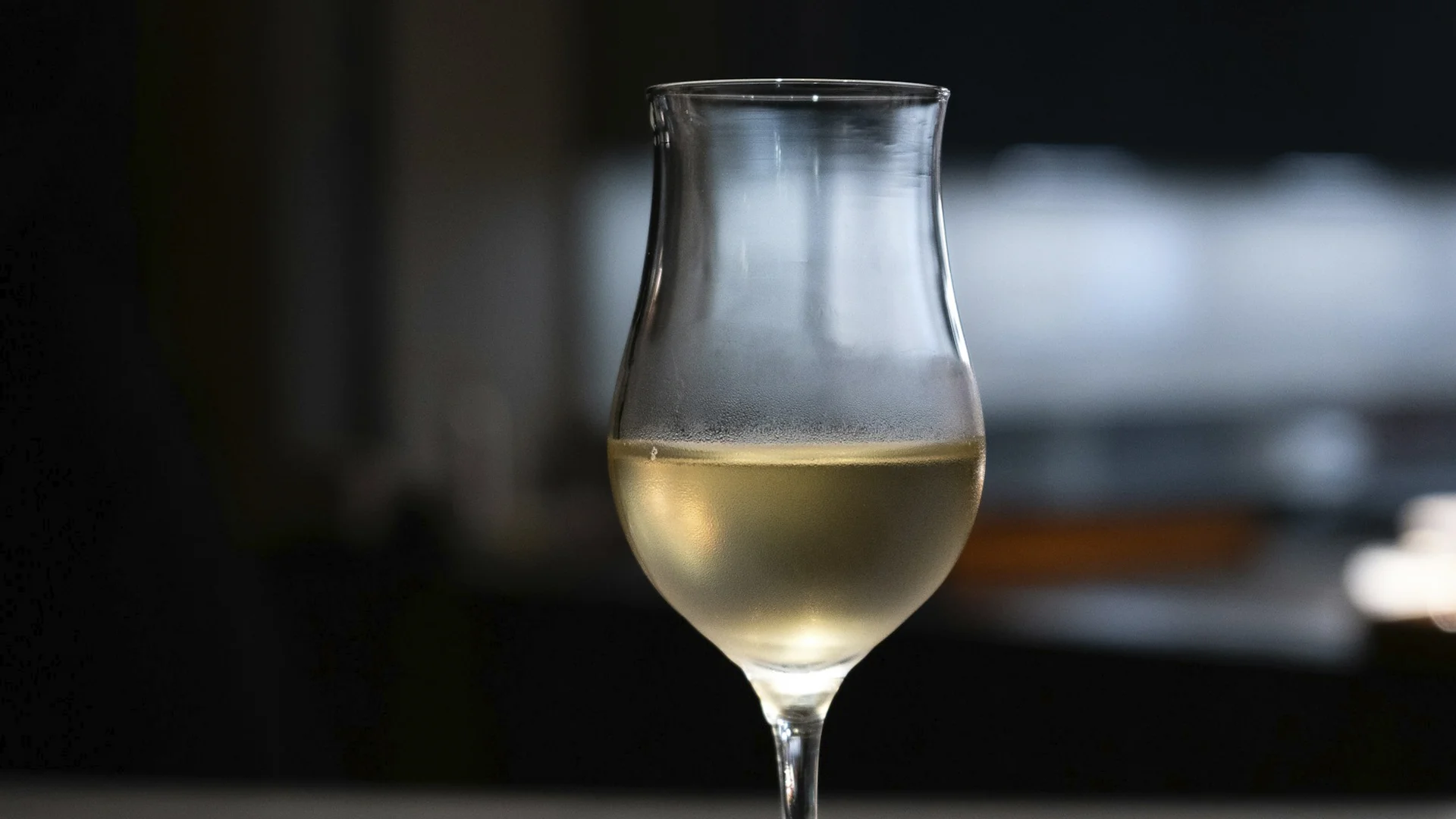
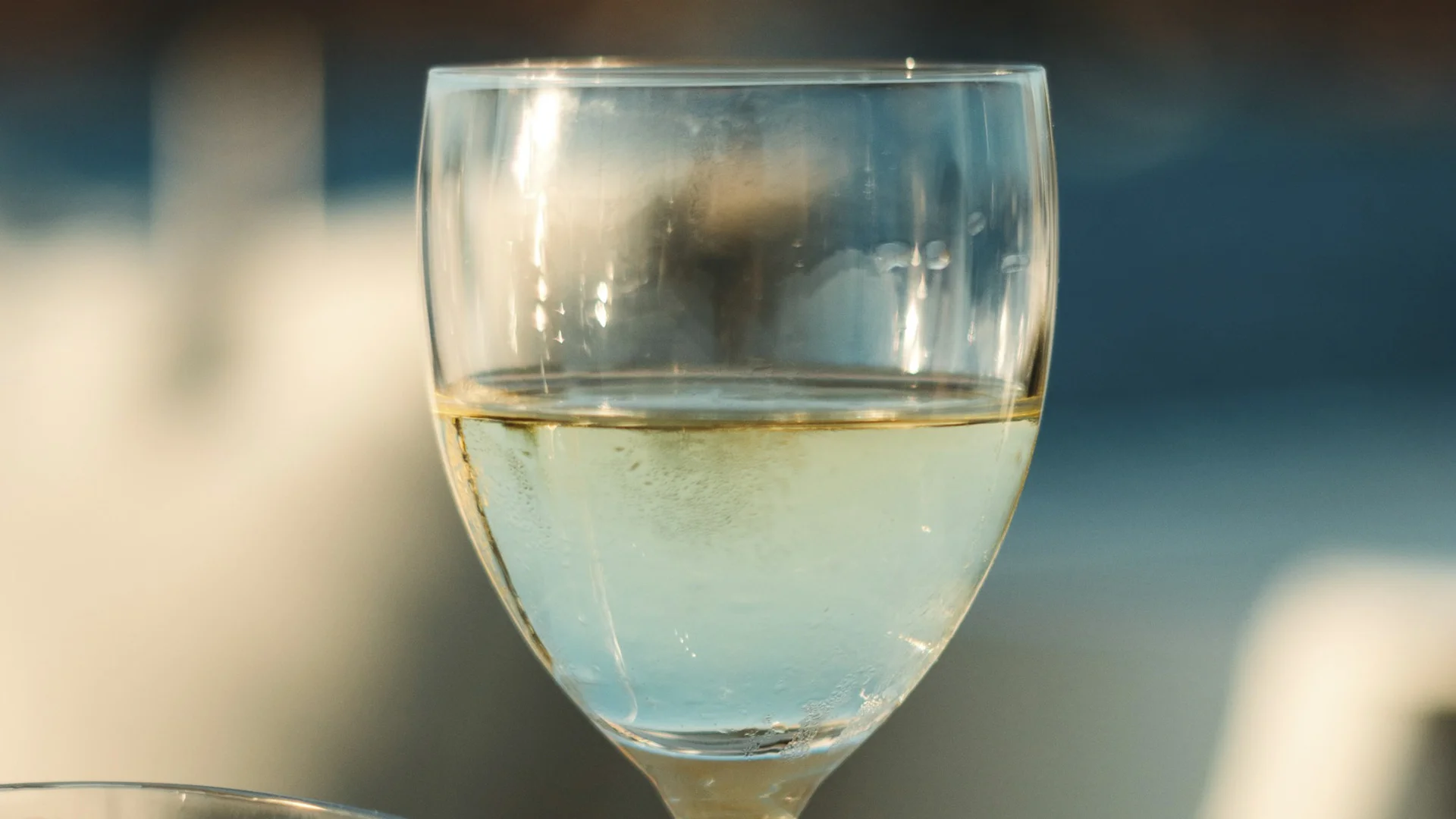
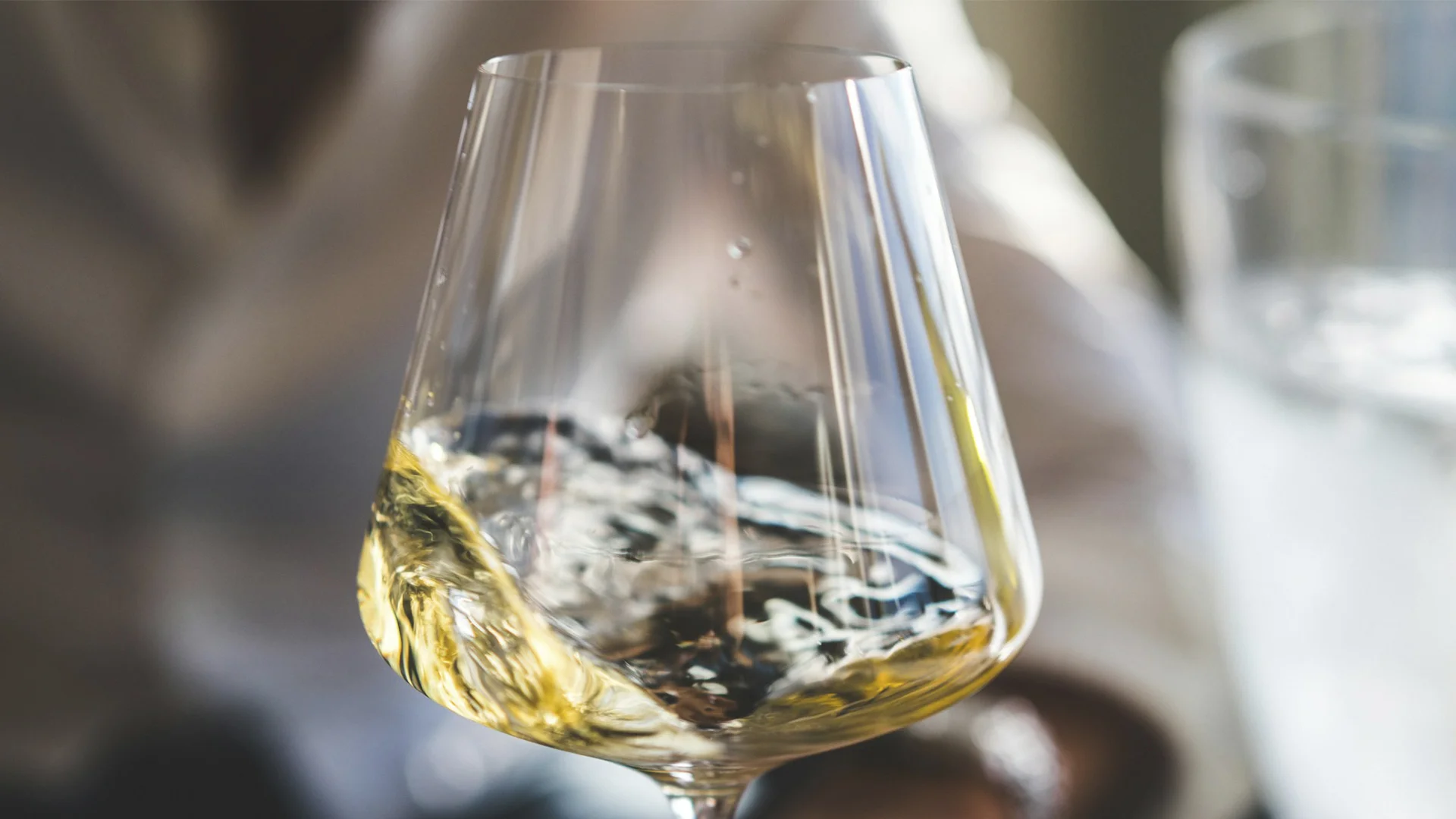
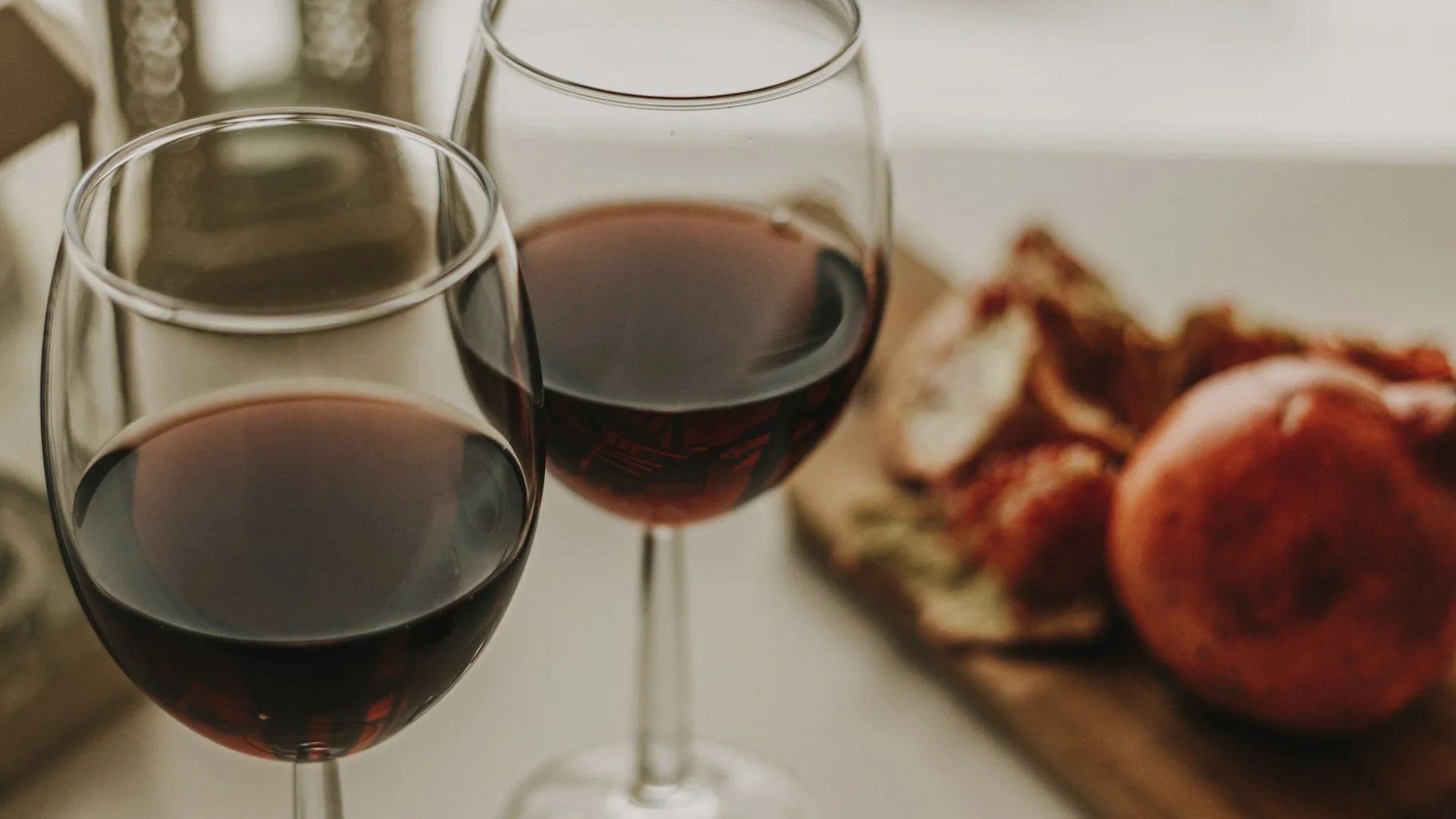

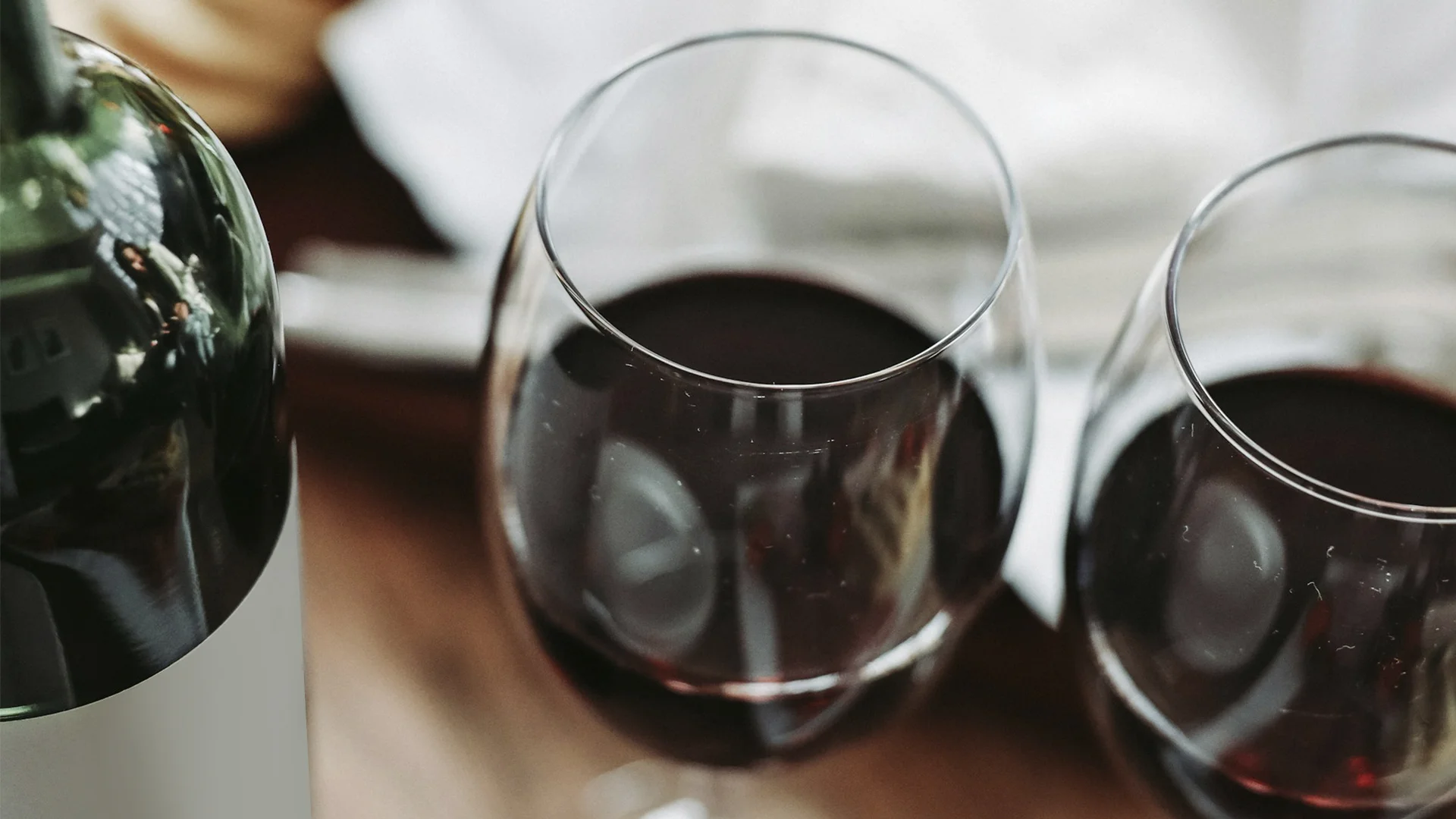
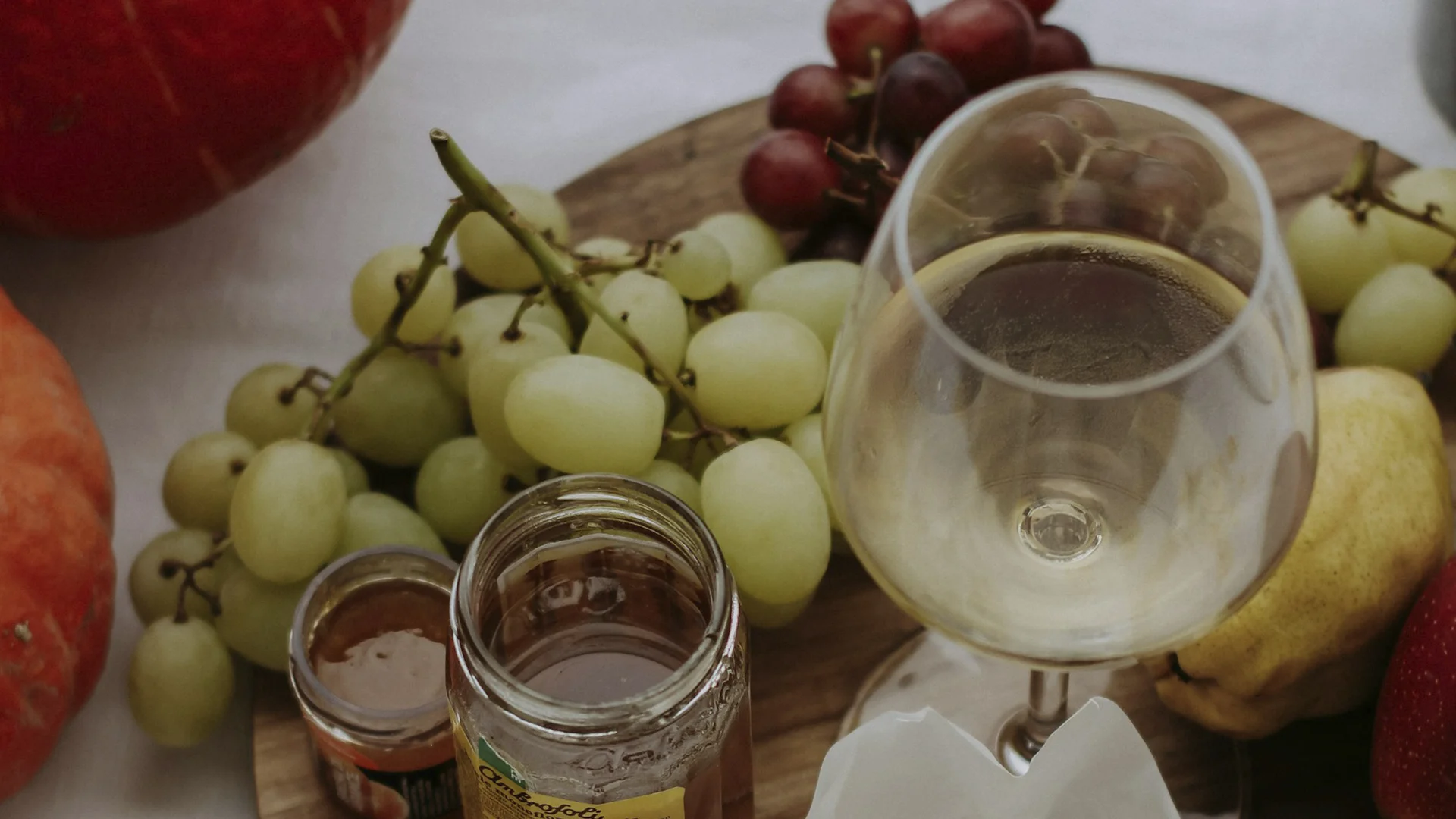
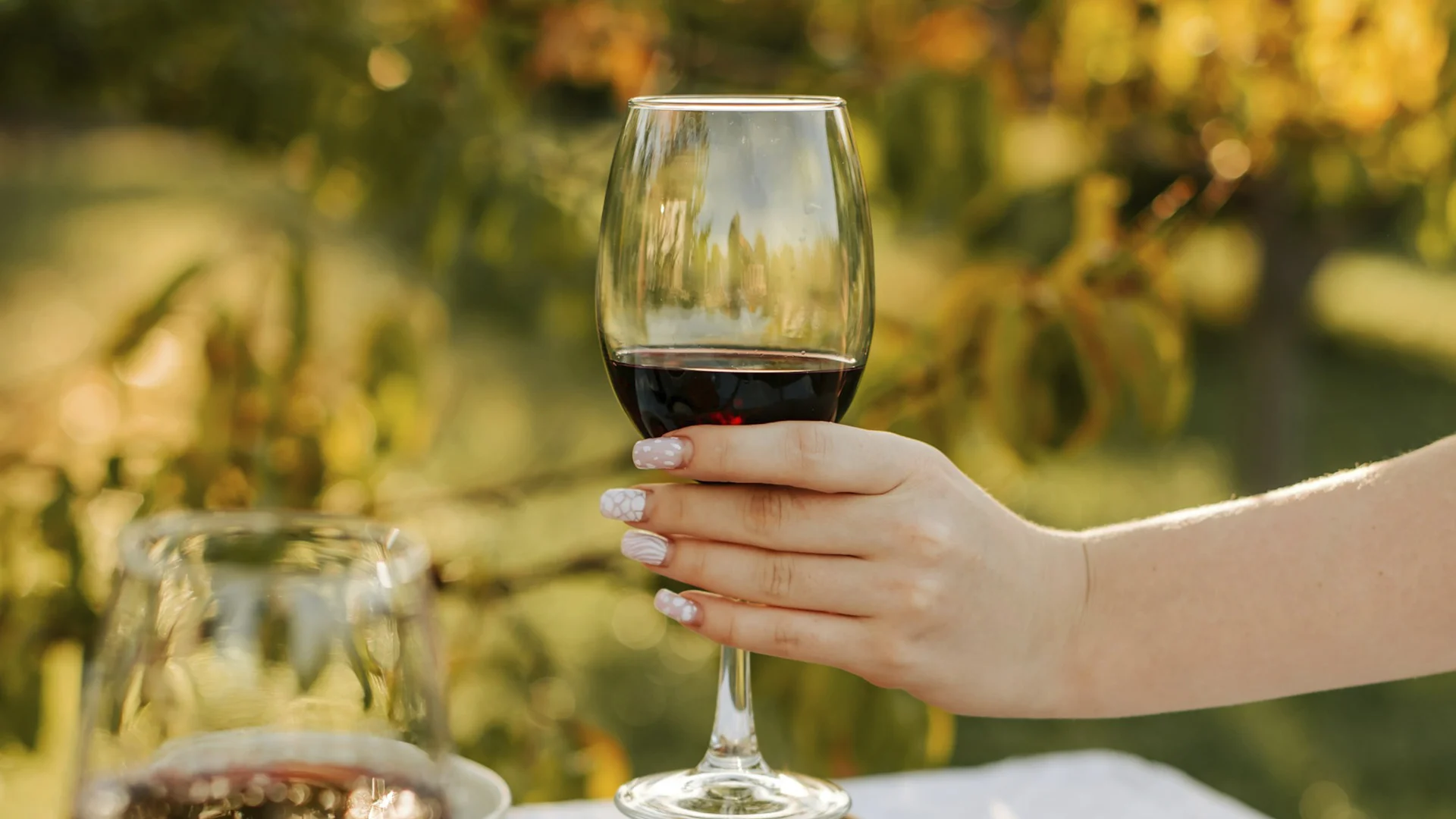




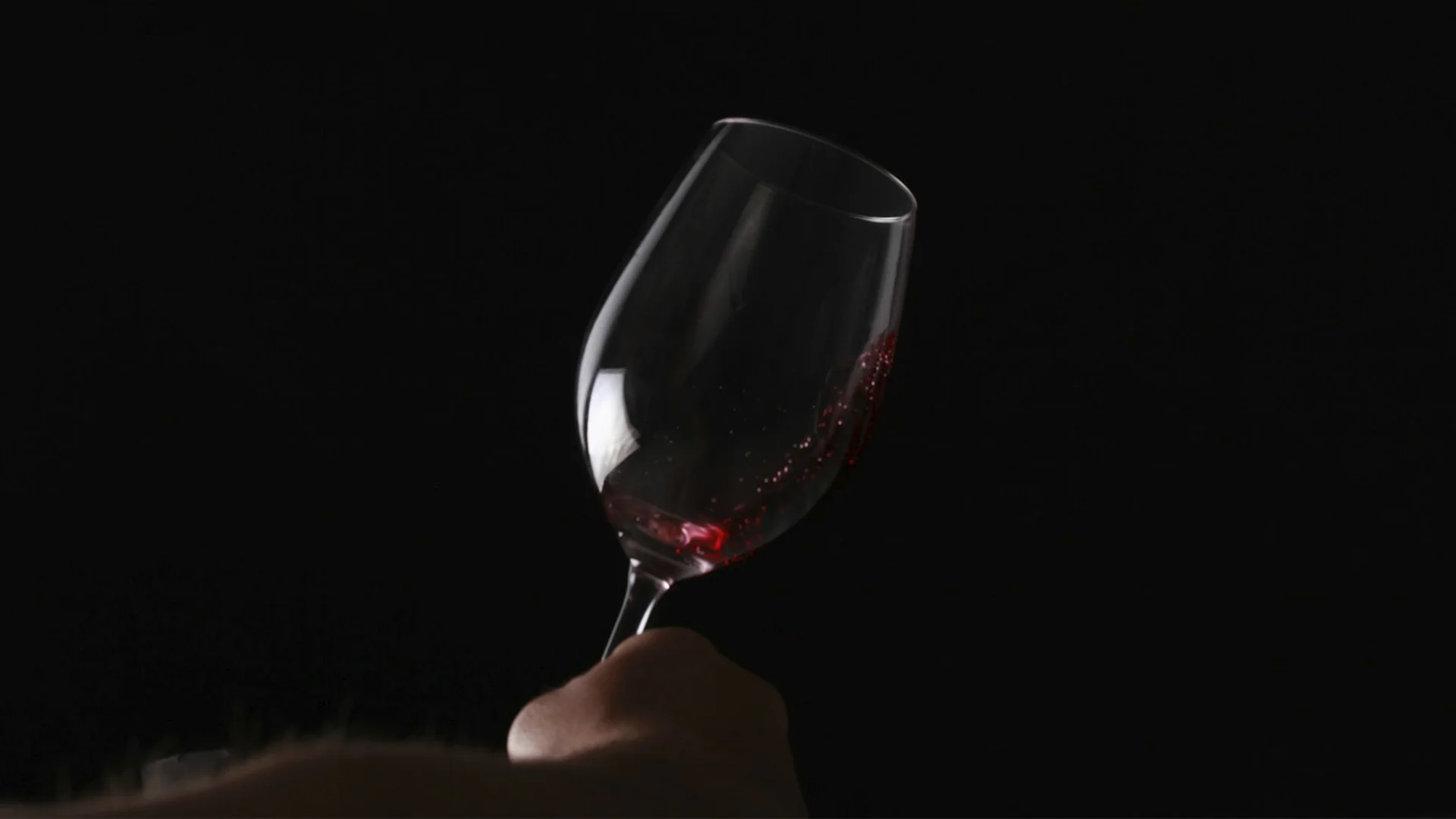
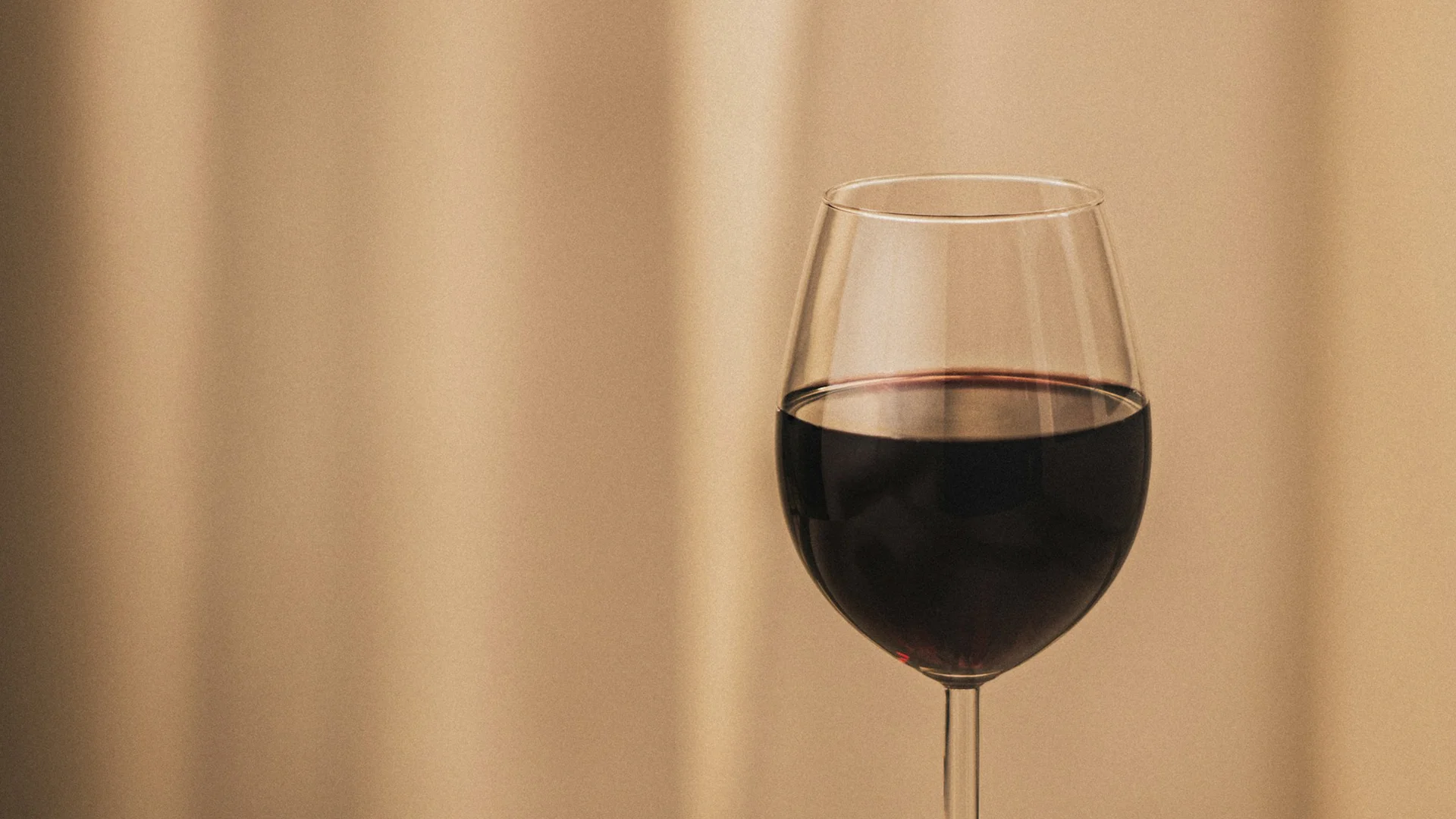
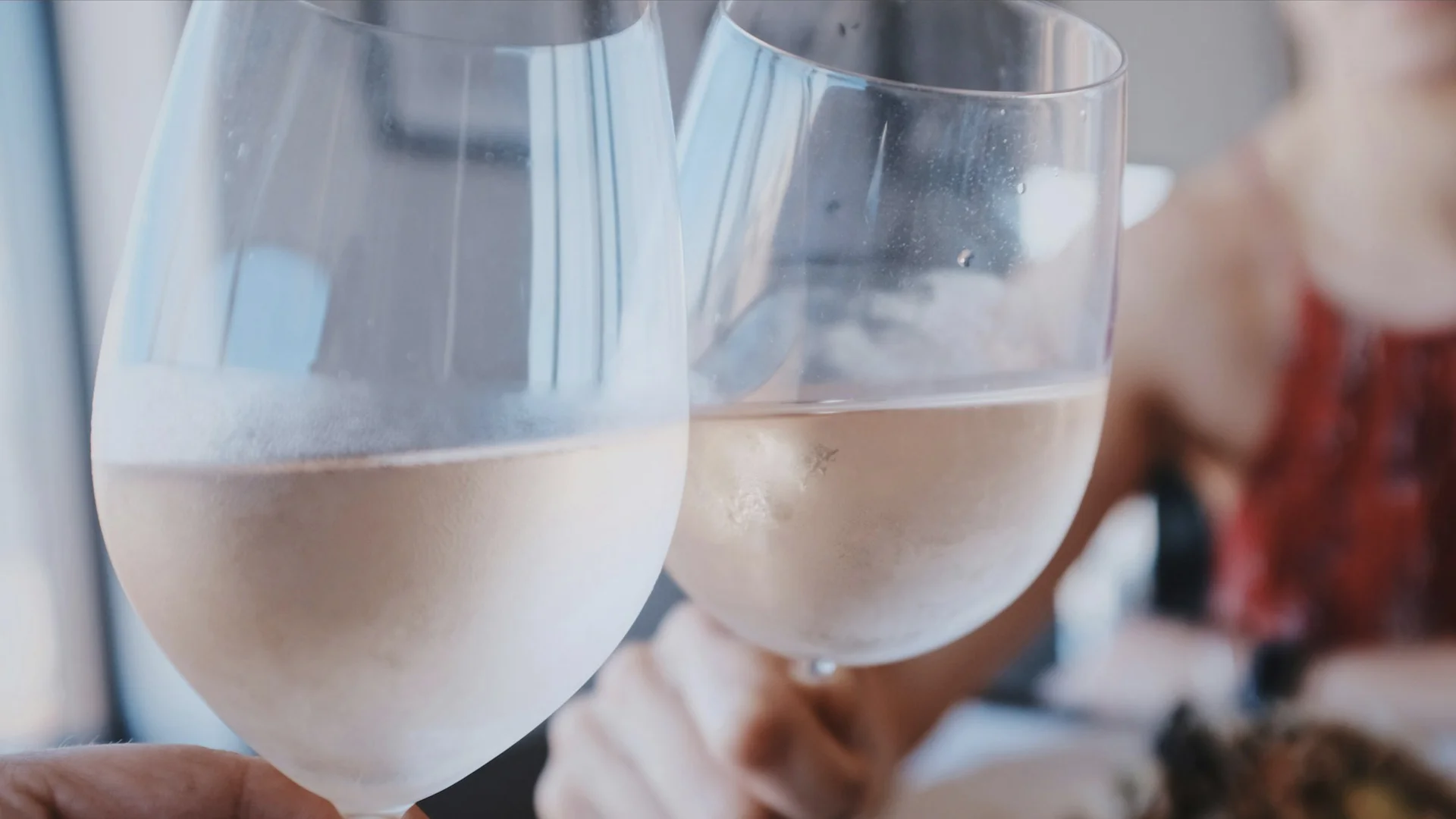

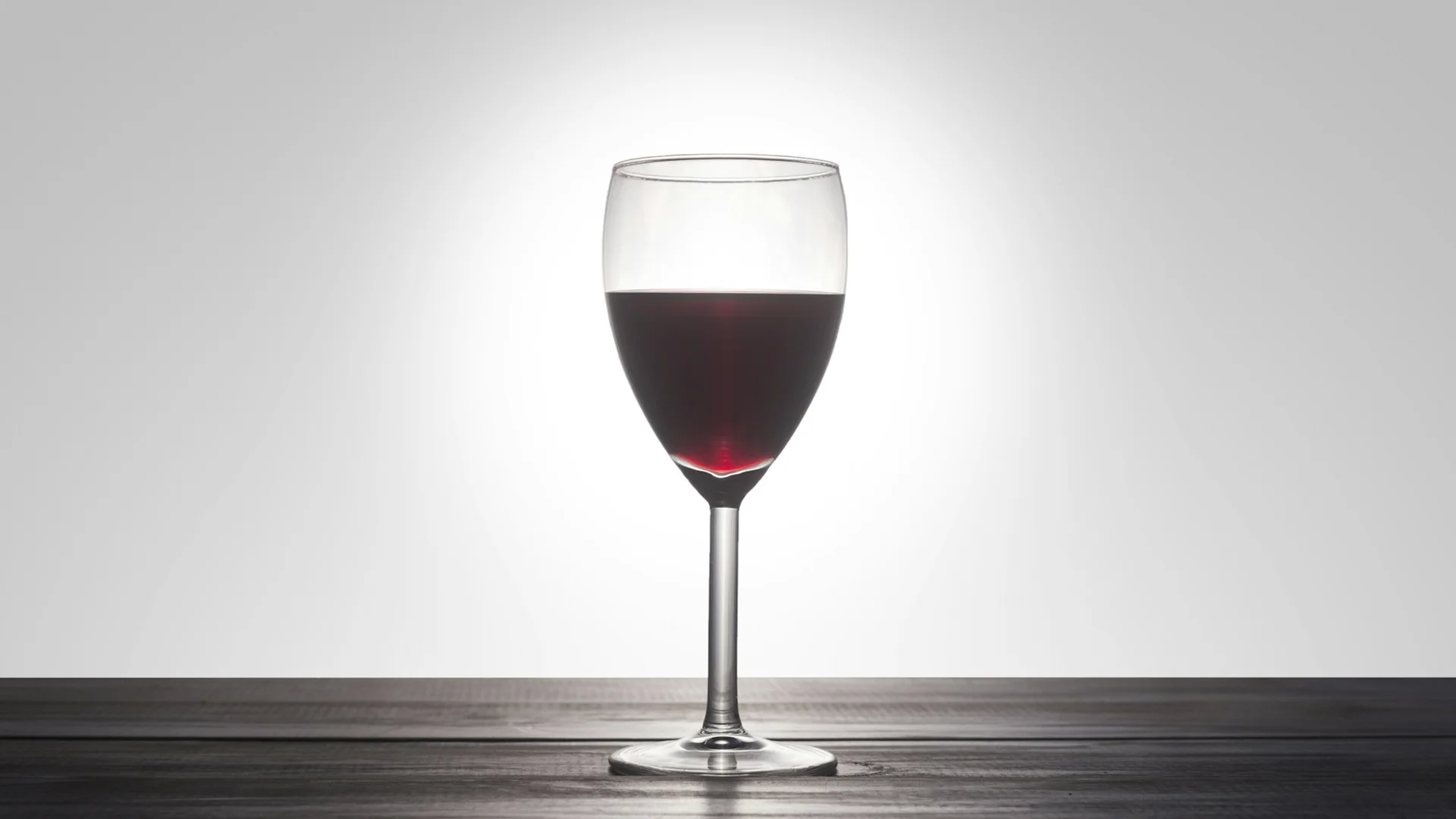


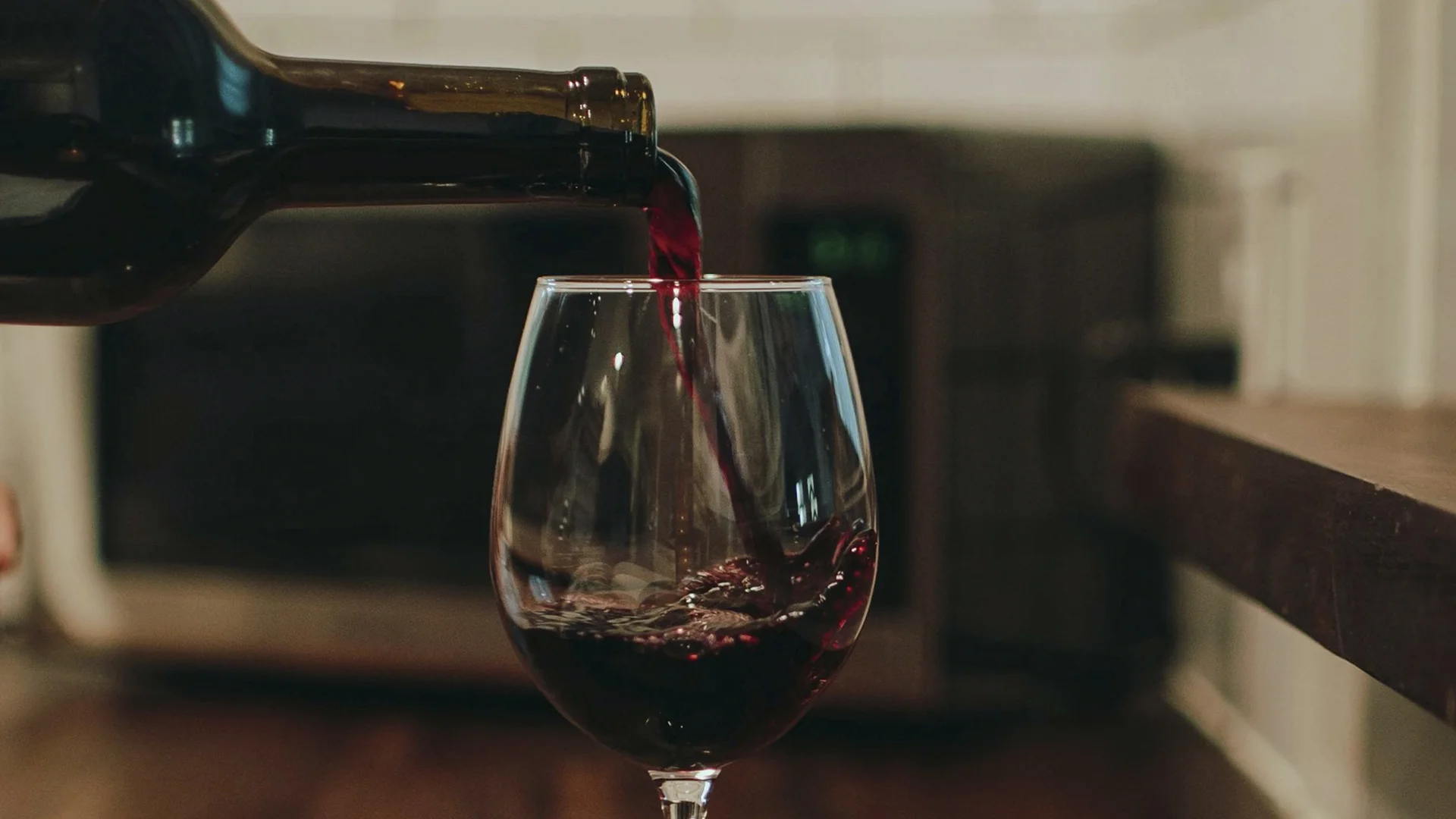
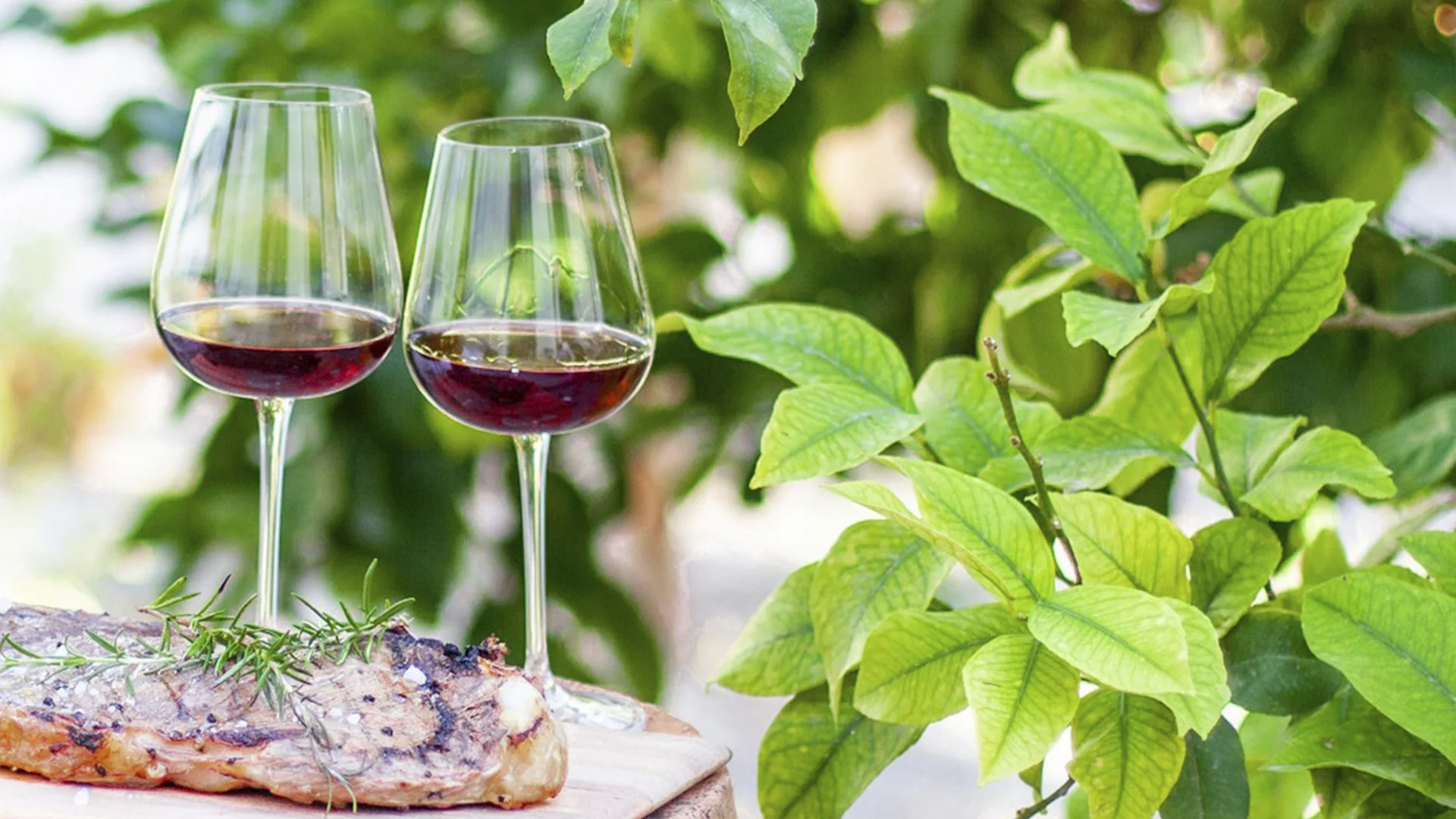

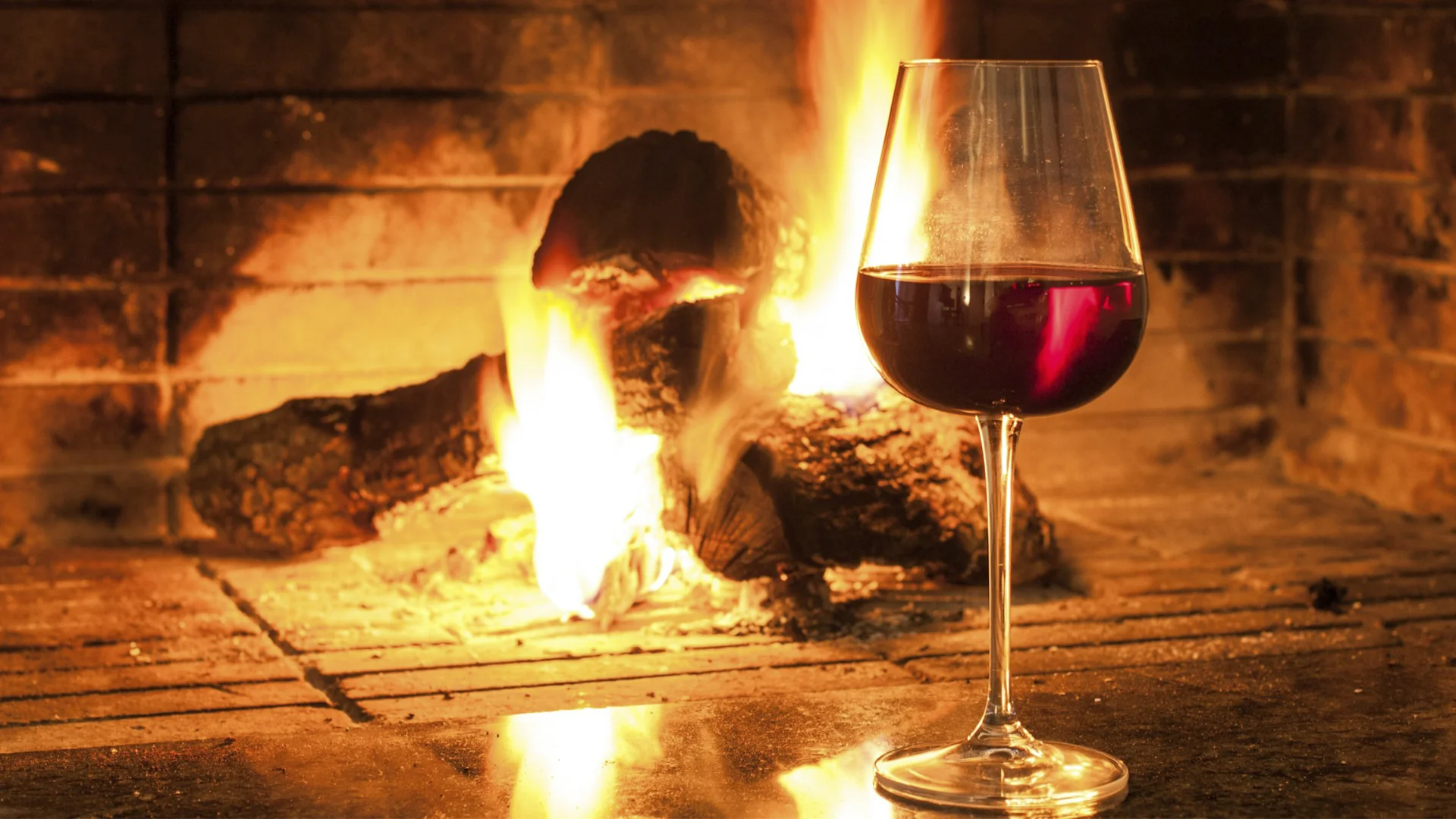


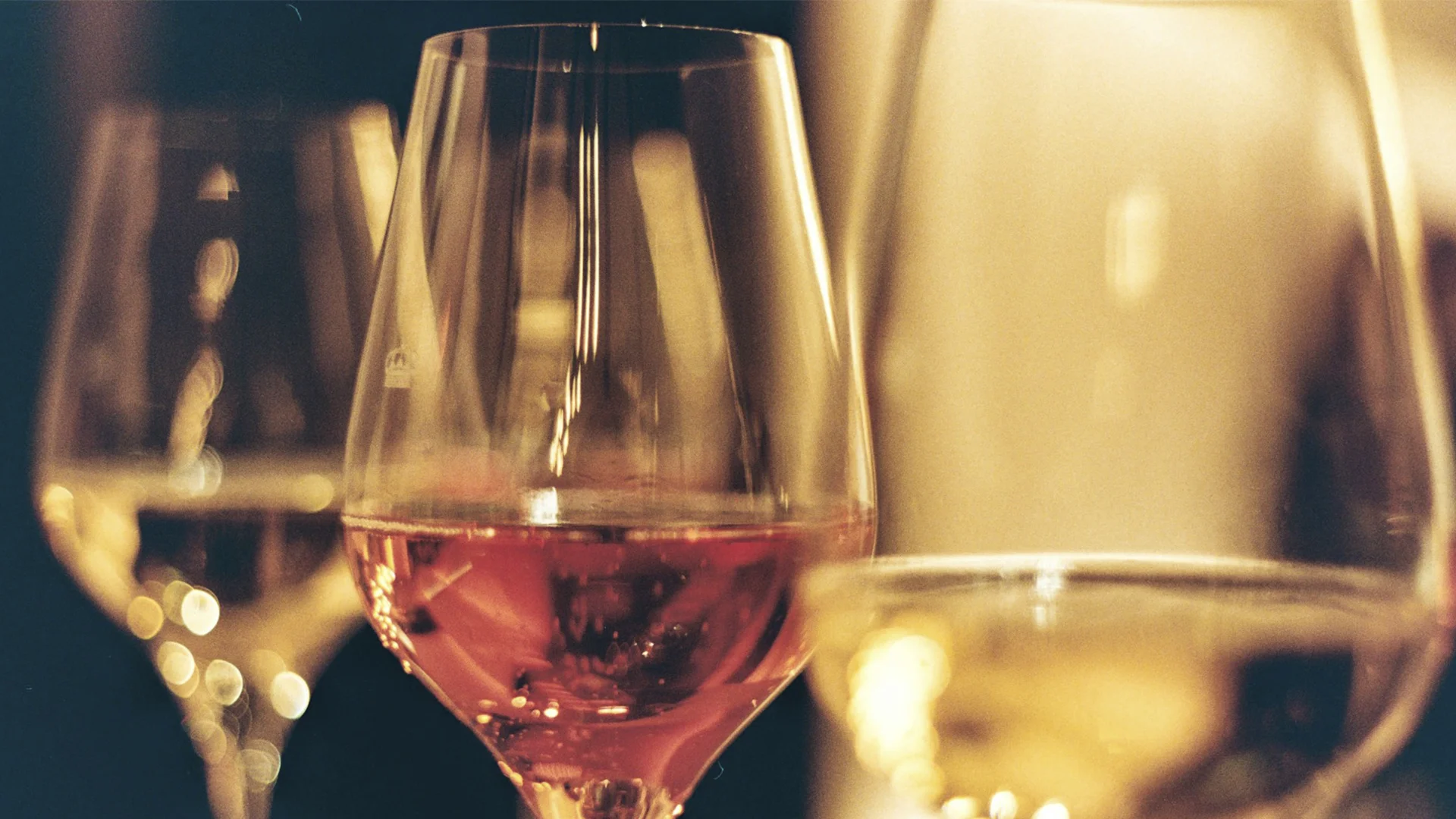
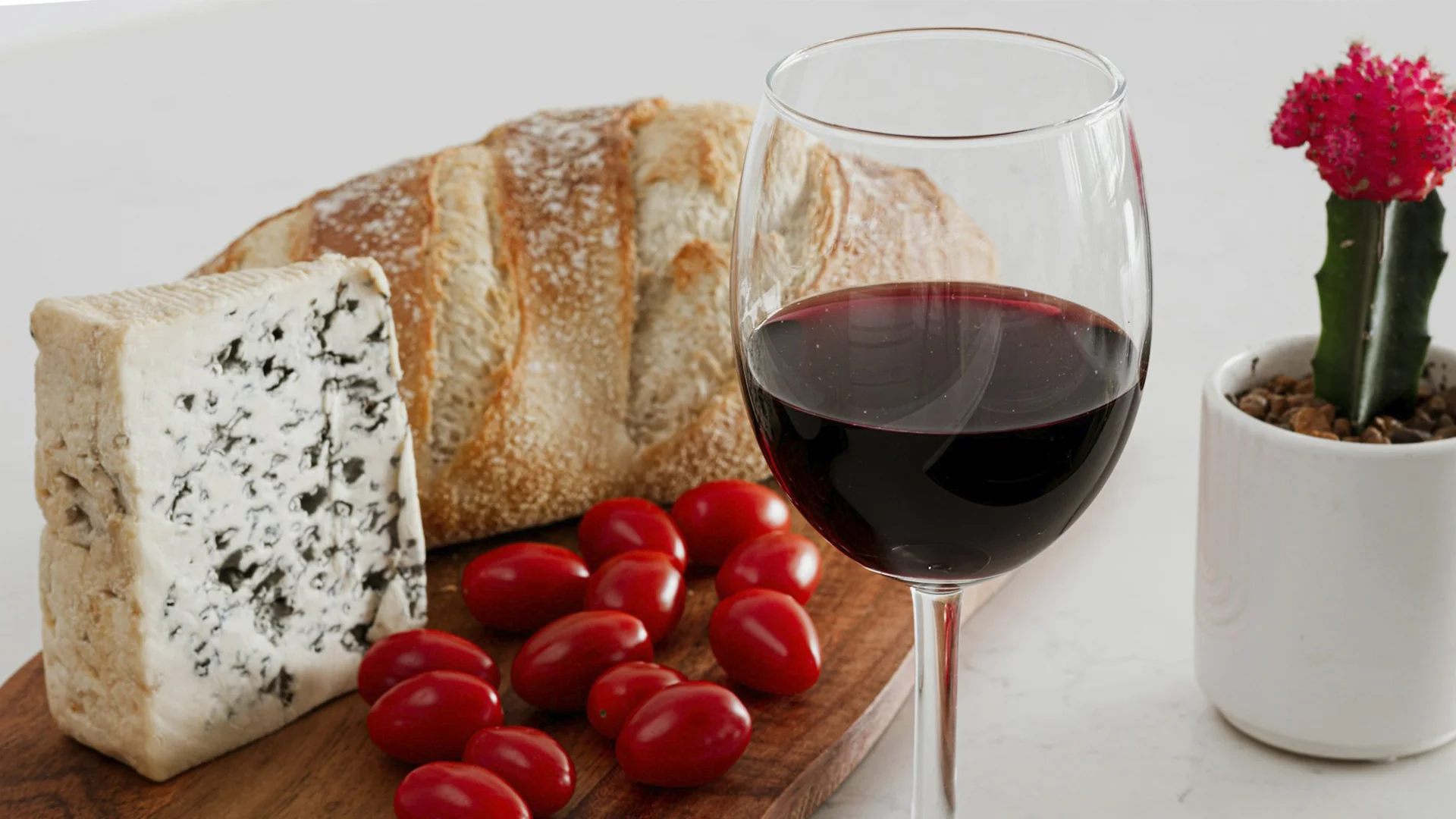



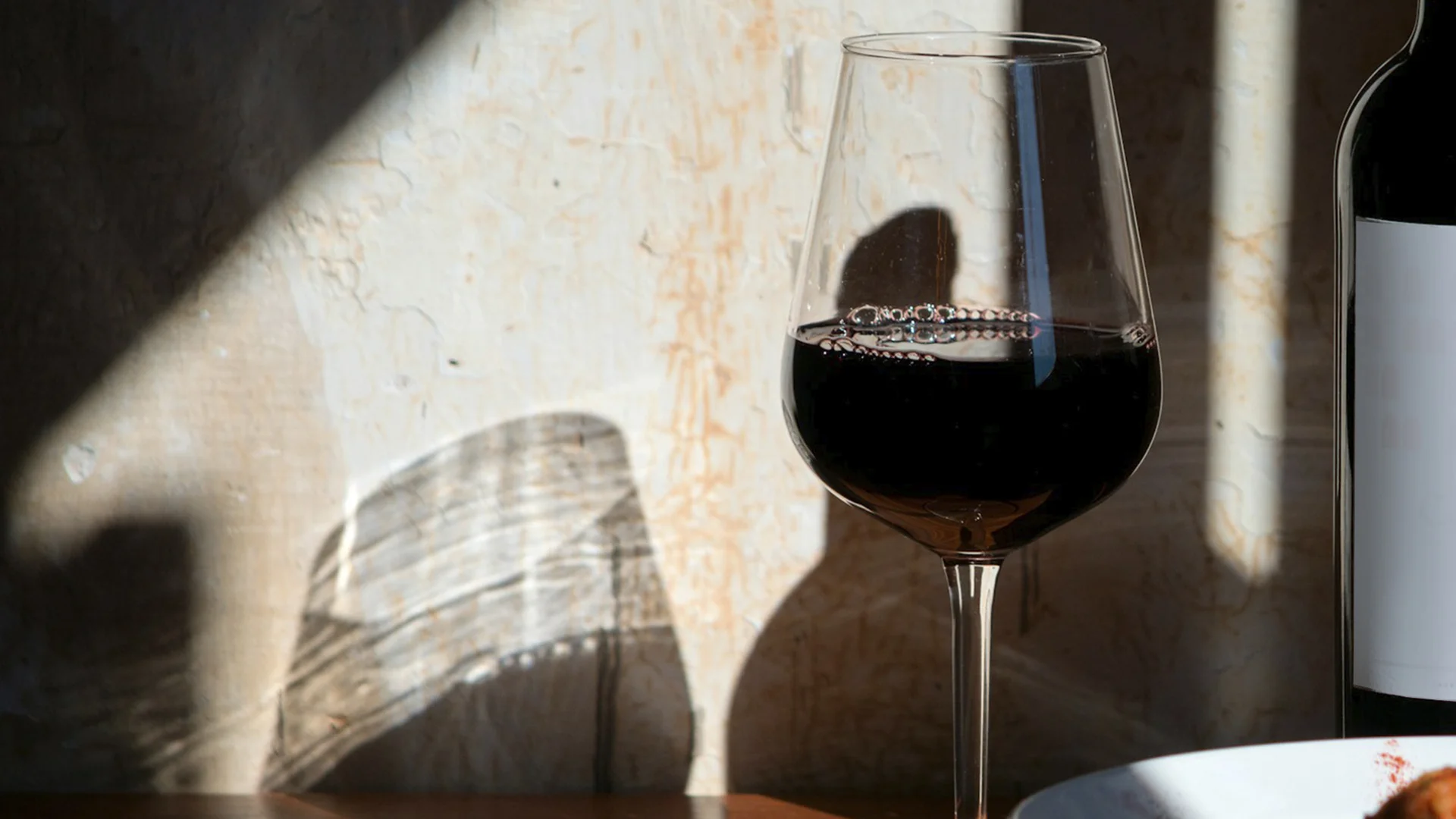
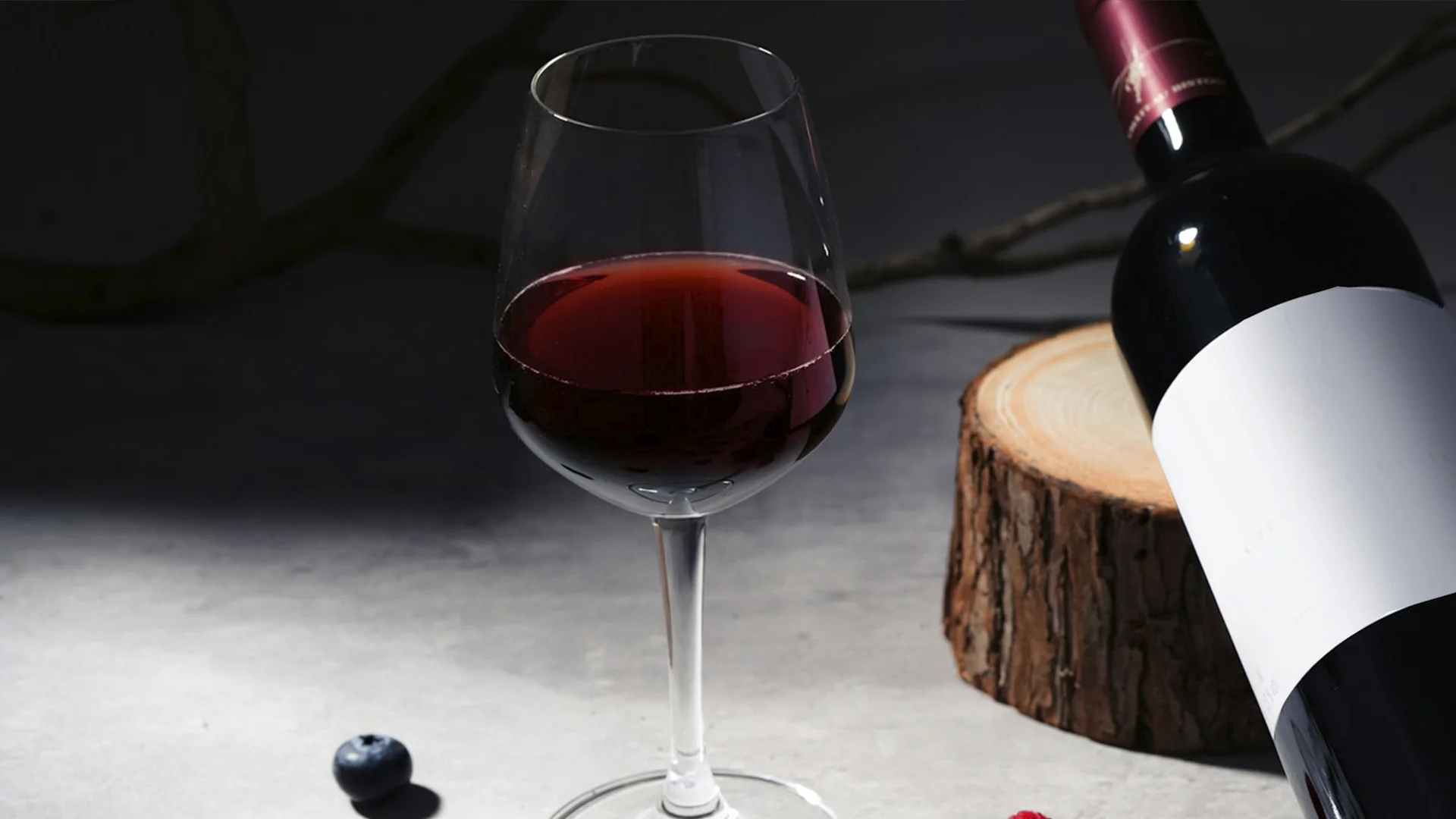
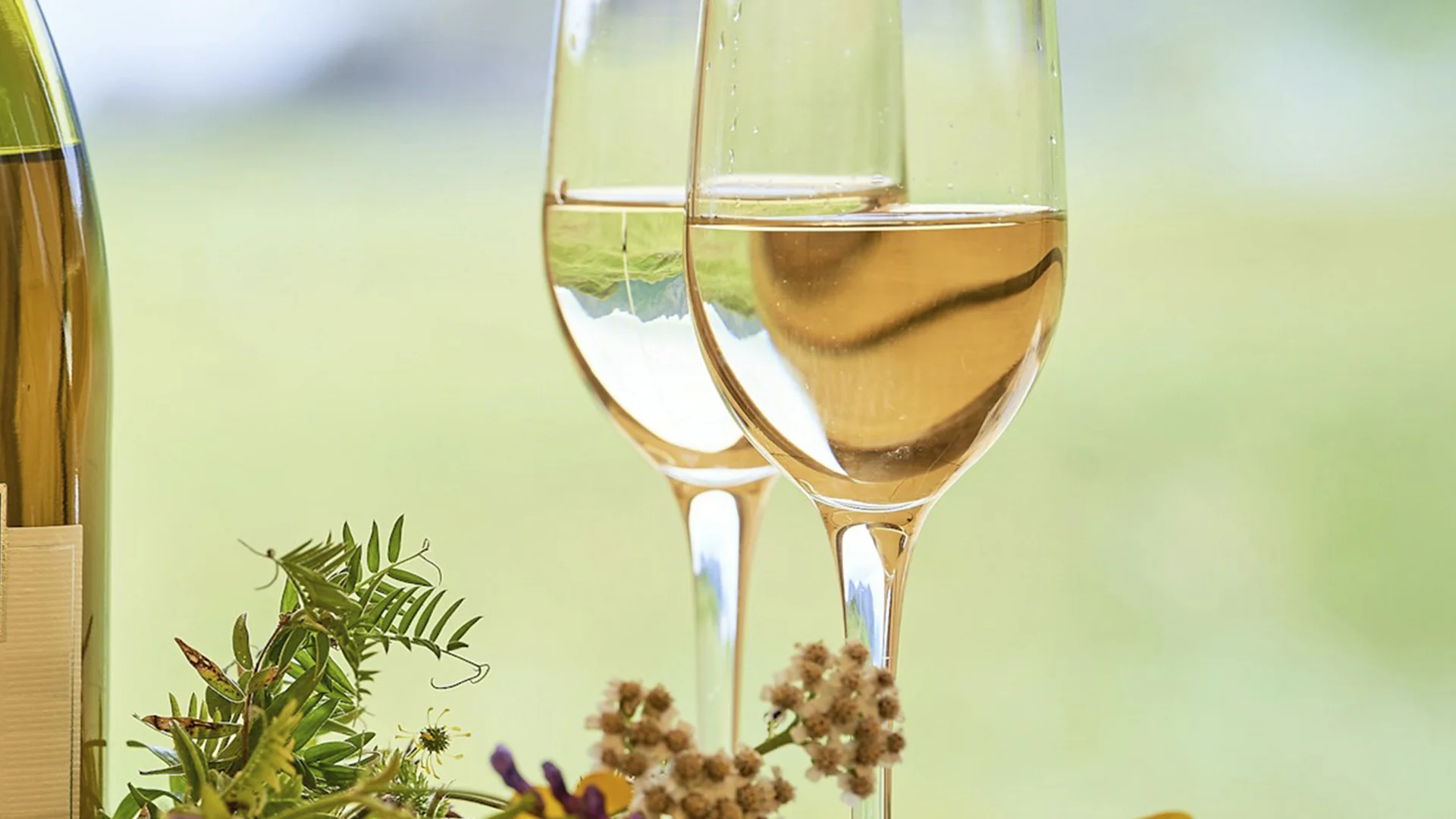
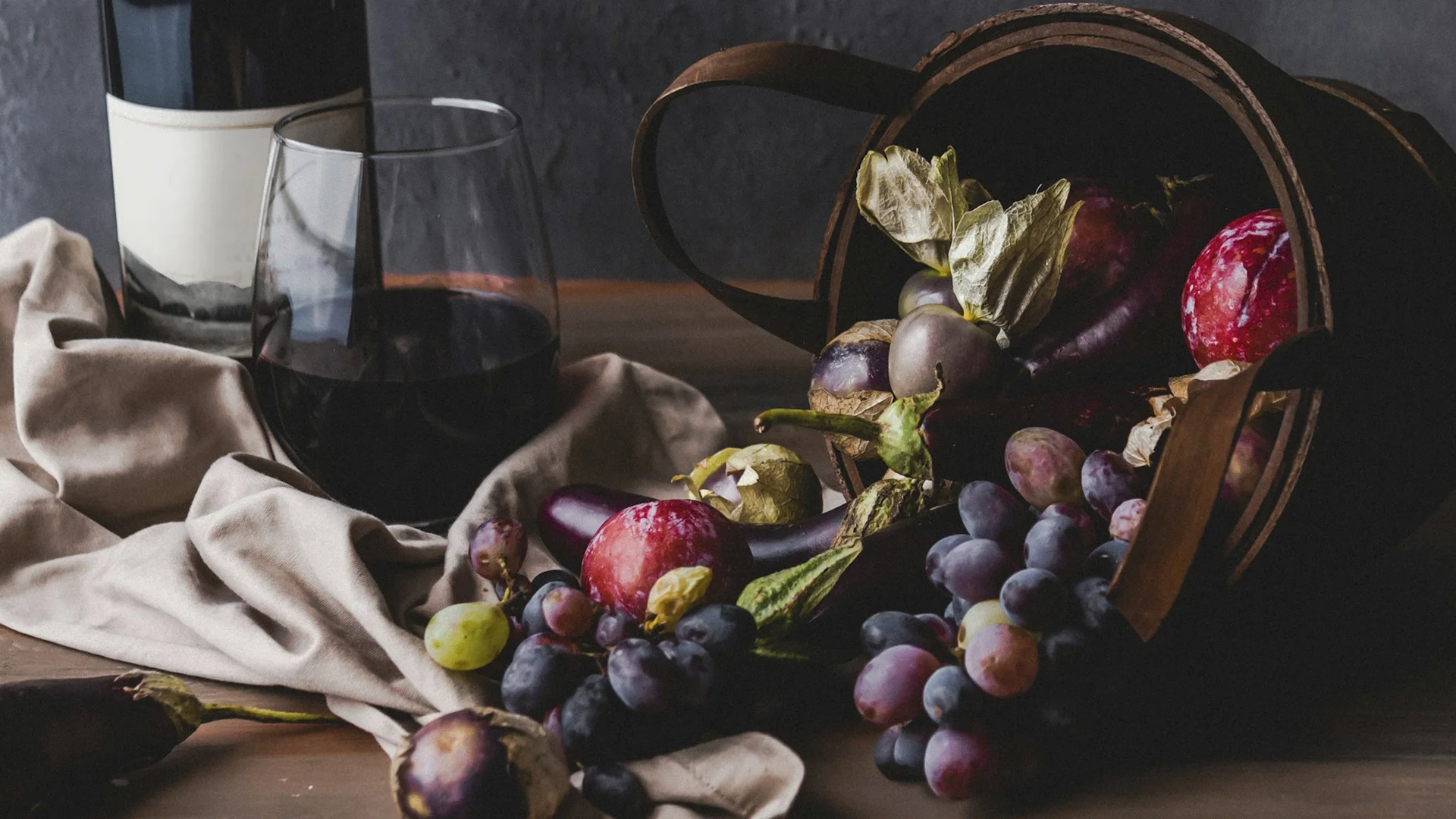
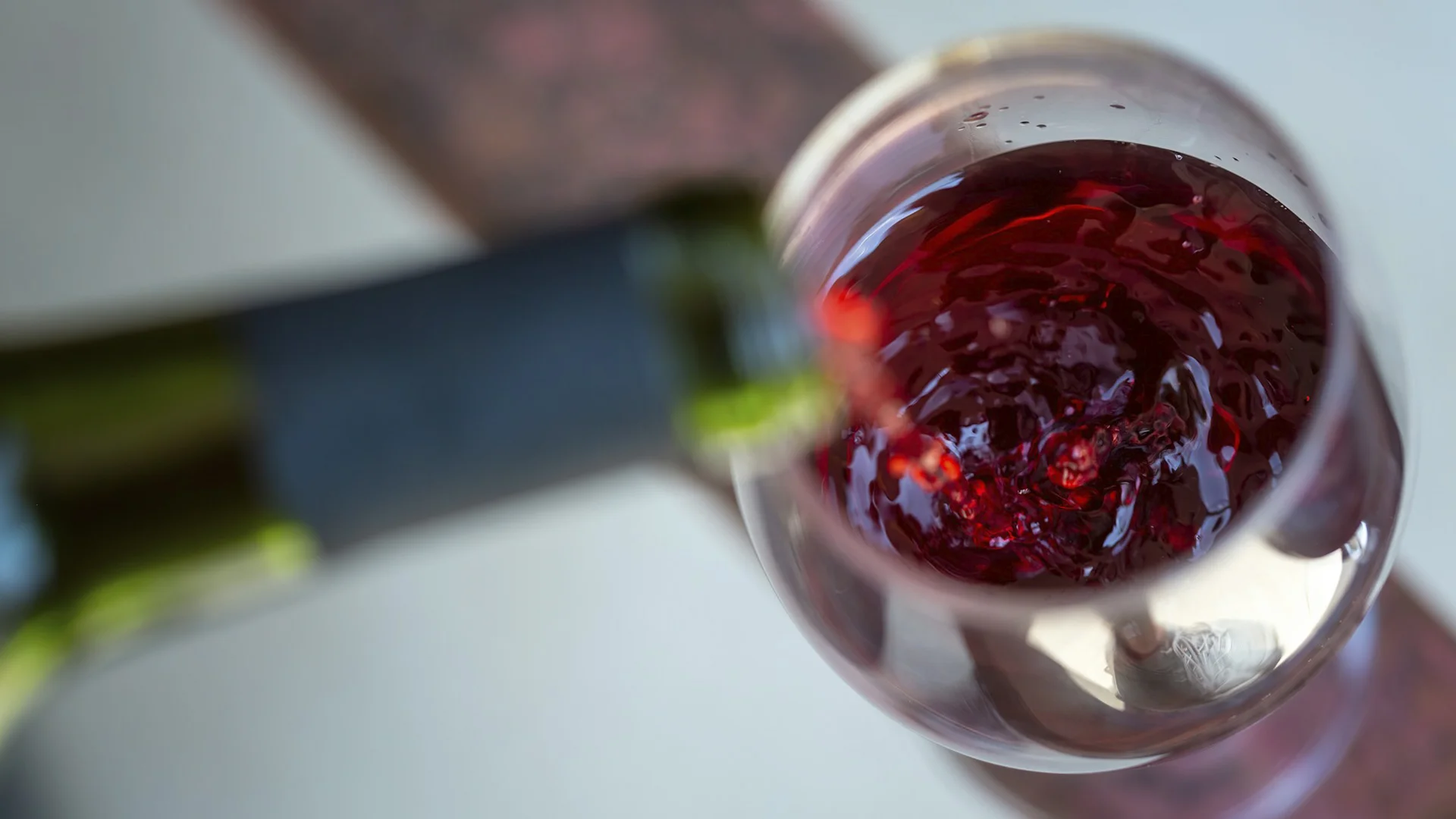
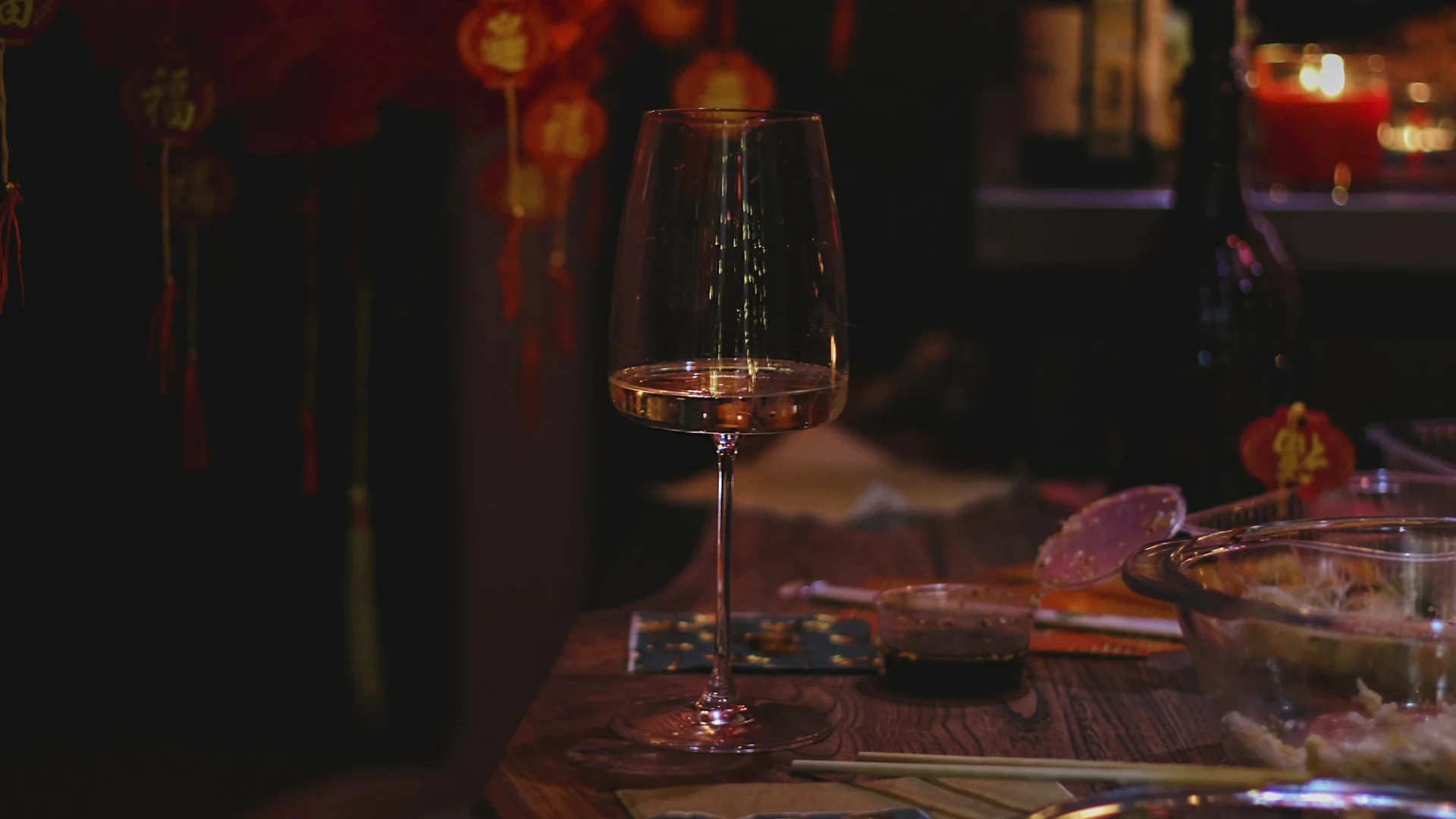






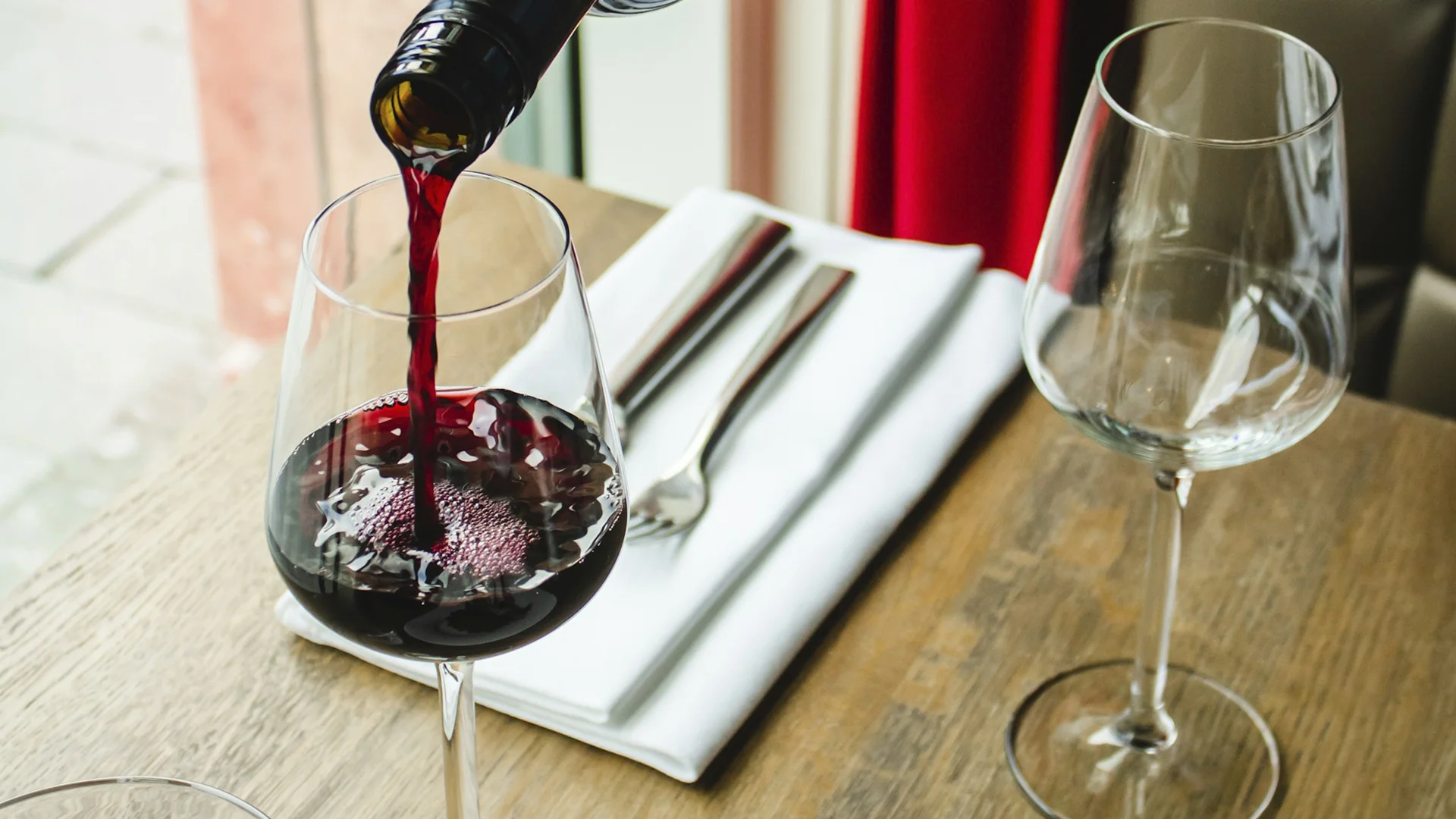












.webp)

.webp)
.webp)
.webp)



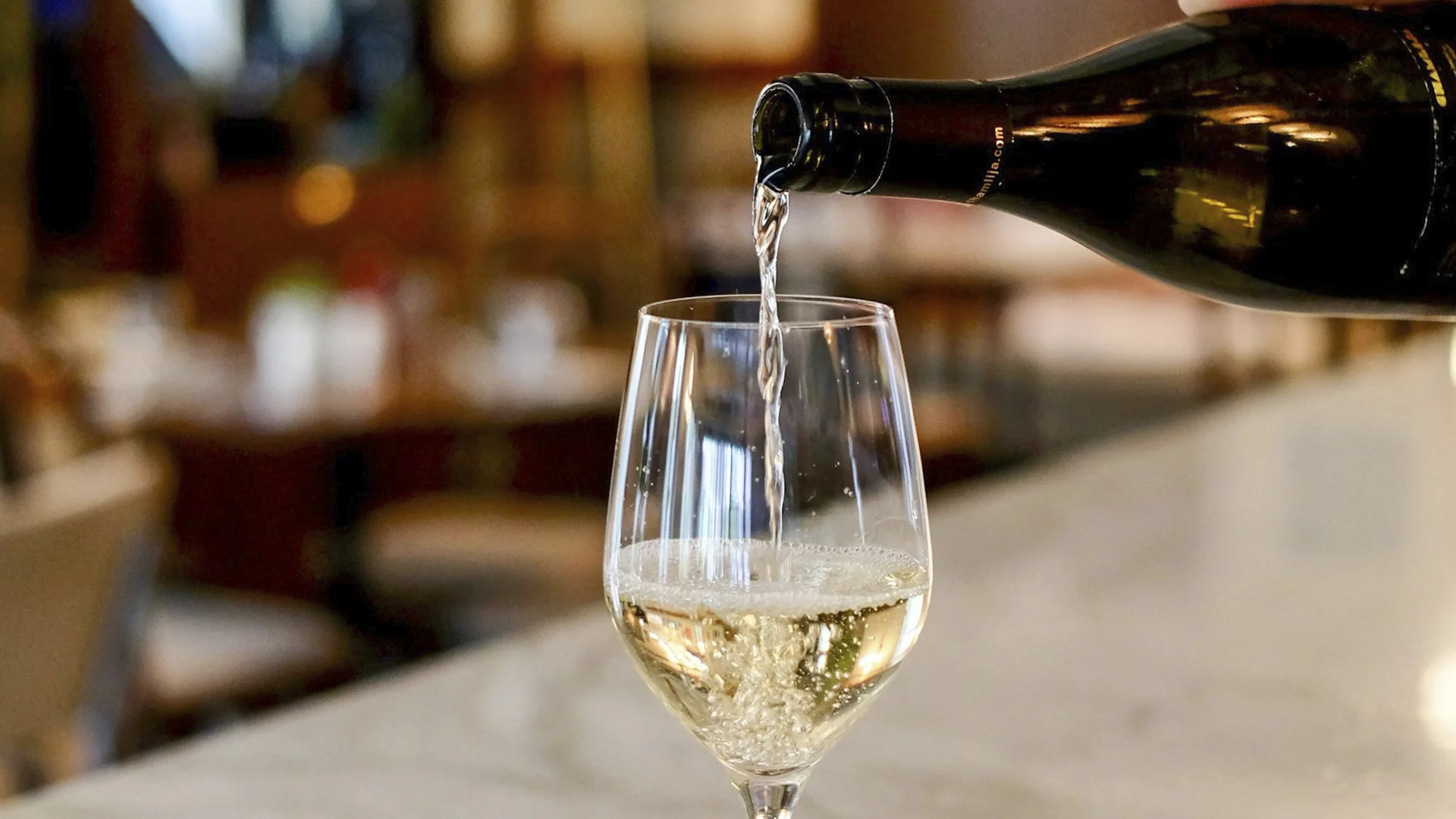


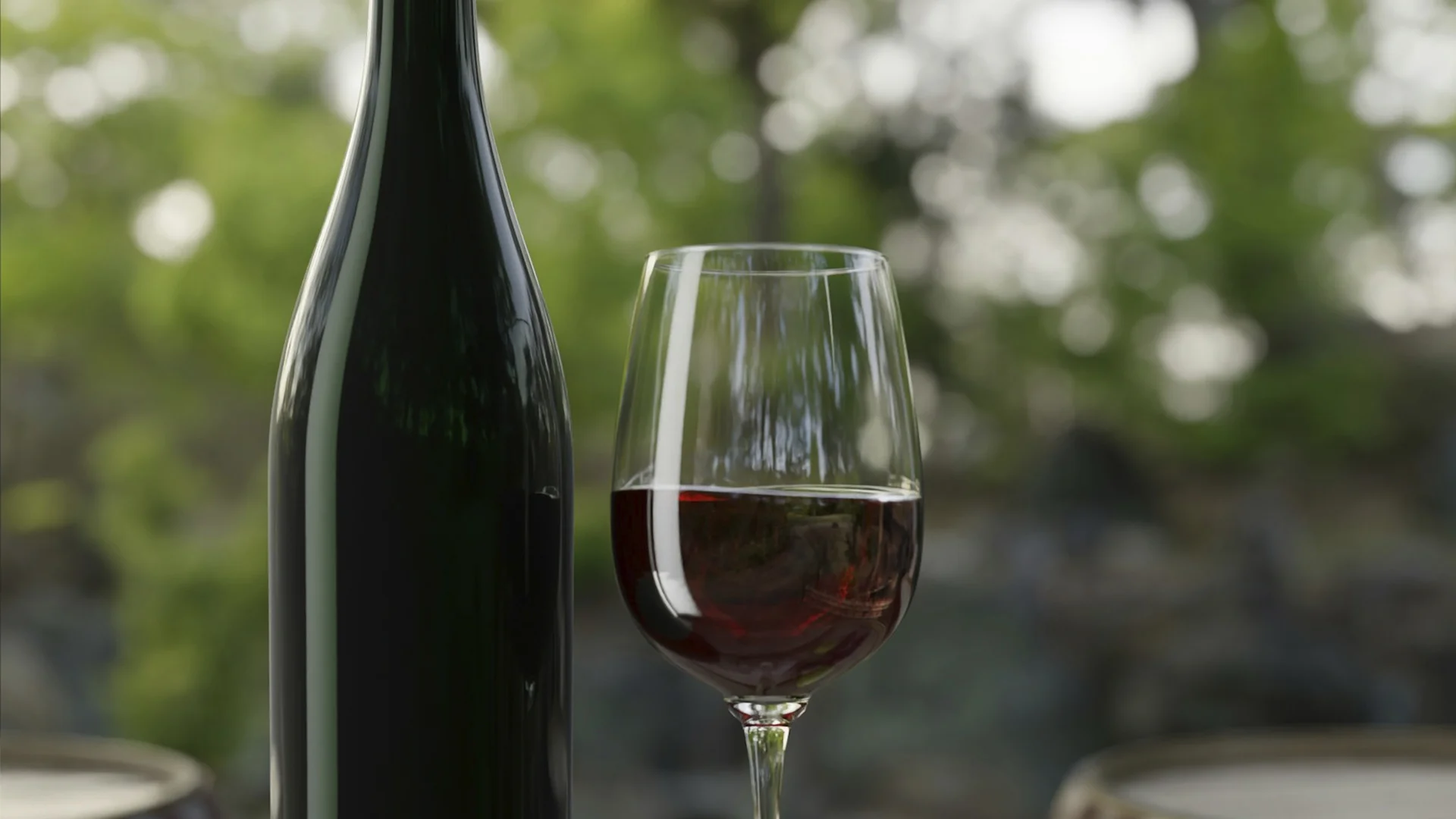



















.webp)













Are you interested in
collaborating with us?